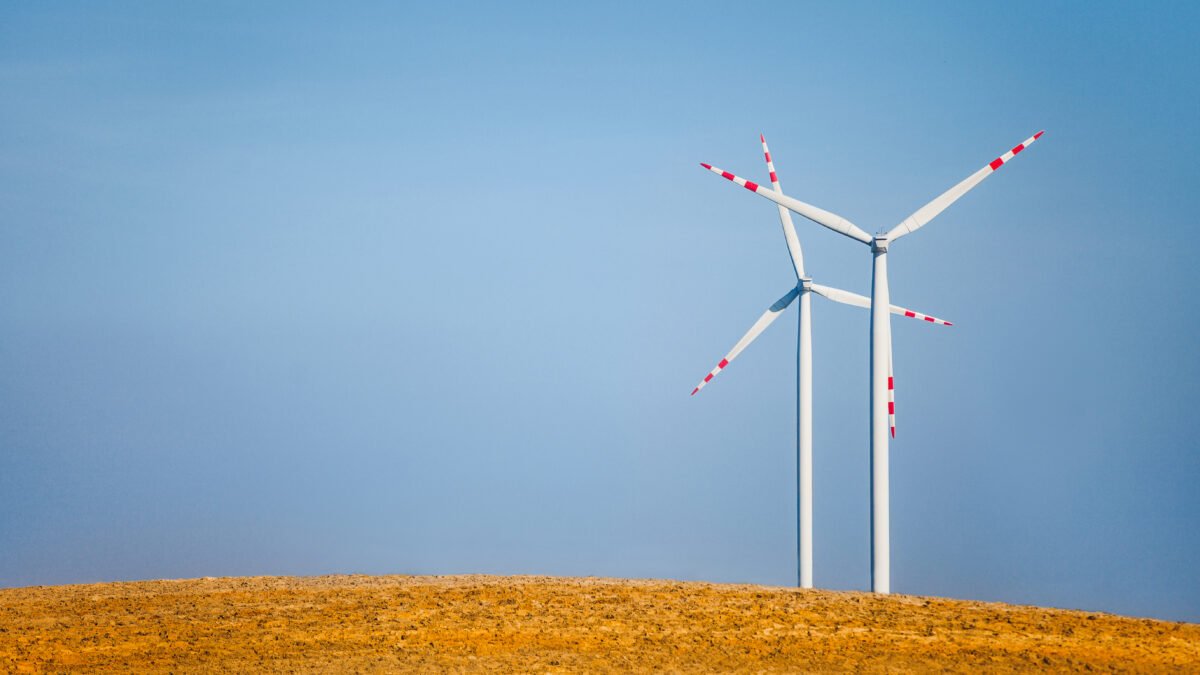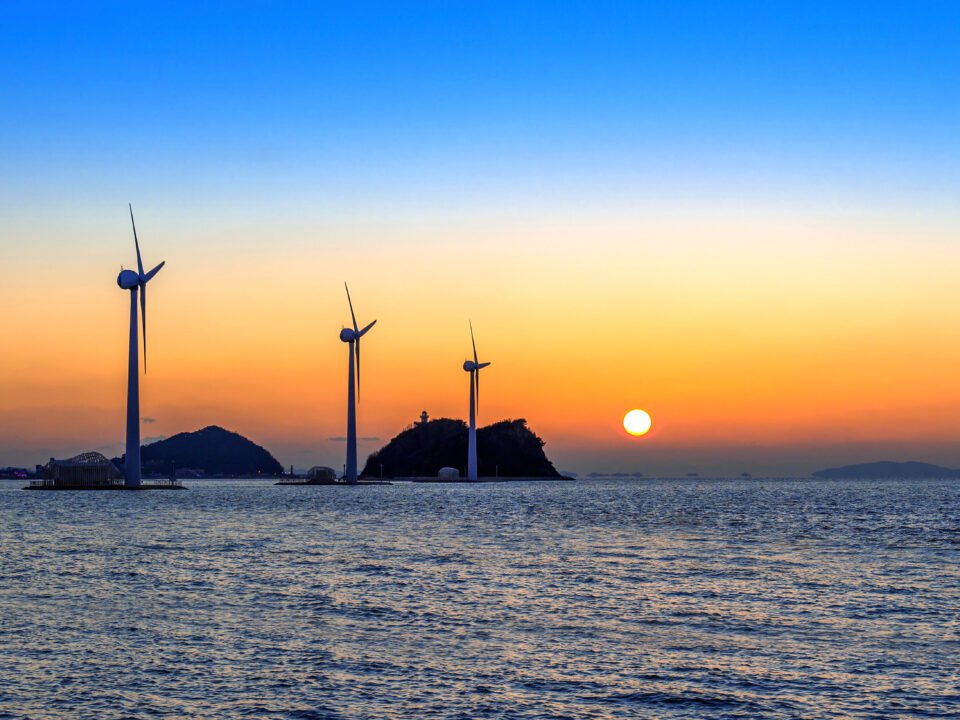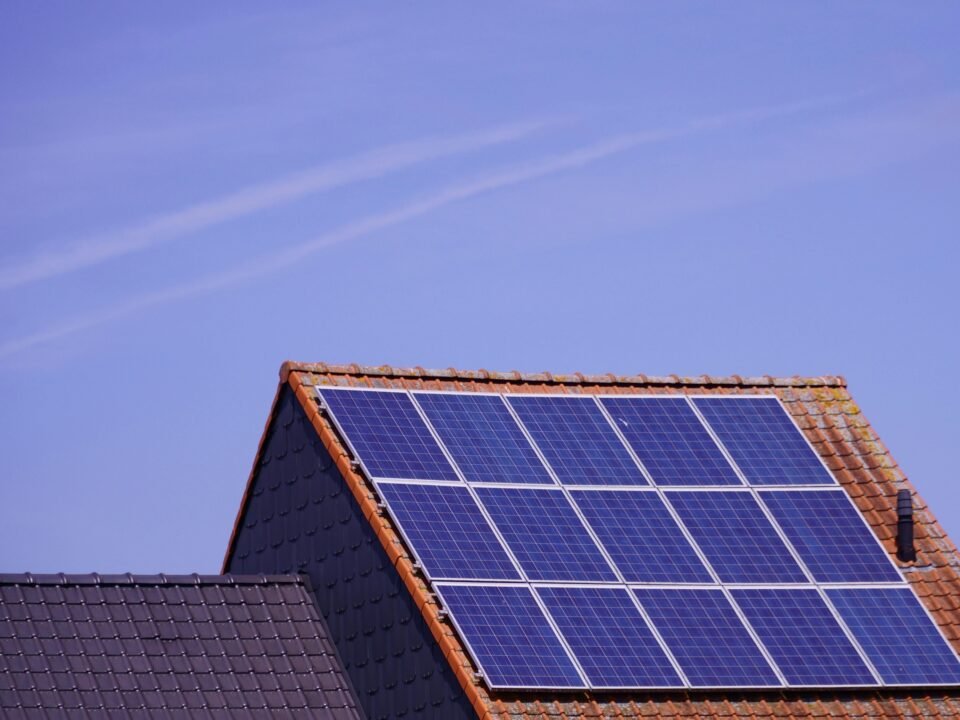As the world races to address the urgent threats posed by climate change, transitioning to cleaner and more sustainable energy solutions has become a global priority. Among the many renewable resources available today, wind sources stand out as a powerful and increasingly efficient solution. These sources harness the natural motion of air in our atmosphere to generate electricity, offering an eco-friendly alternative to fossil fuels. In this blog, we’ll explore what wind sources are, how they work, and the pivotal role they play in shaping a carbon-free future.
Understanding Wind Sources
Wind is a form of solar energy. It is created by the uneven heating of the Earth’s surface by the sun, the rotation of the Earth, and variations in the surface terrain. Wind sources refer to locations or technologies that can harness this kinetic energy and convert it into usable power—usually electricity.
There are two main types of wind sources:
- Onshore Wind – These wind turbines are located on land and are typically installed in rural areas, open plains, or hilltops.
- Offshore Wind – Installed in bodies of water, typically the ocean, these turbines benefit from stronger and more consistent wind currents.
Both types are key contributors to global renewable energy generation and play a central role in decarbonizing our energy systems.
How Wind Energy Works
Wind turbines capture the kinetic energy of moving air and convert it into electricity. When wind passes over the blades of a turbine, it causes them to rotate. This rotation spins a shaft connected to a generator, which then produces electricity.
Modern wind turbines are highly efficient and technologically advanced. The generated electricity can either be used locally, stored in batteries, or fed into the power grid to supply homes, businesses, and industries.
Advantages of Wind Sources
1. Clean and Renewable
Wind energy produces no greenhouse gas emissions during operation. Unlike fossil fuels, wind sources are infinite as long as the sun shines and the wind blows.
2. Cost-Effective
The cost of wind energy has decreased dramatically over the last two decades. In many areas, wind is now among the cheapest sources of new electricity generation.
3. Job Creation
Wind energy supports a growing workforce. From manufacturing and construction to maintenance and operation, wind projects create thousands of jobs globally.
4. Energy Independence
Harnessing local wind sources reduces reliance on imported fuels, enhancing national energy security and economic resilience.
5. Minimal Water Use
Unlike conventional power plants, wind turbines don’t need water for cooling. This makes wind energy especially valuable in arid regions where water is scarce.
The Global Impact of Wind Sources
As of 2025, wind power contributes significantly to the global energy mix. According to the Global Wind Energy Council (GWEC), there is now over 900 GW of installed wind capacity worldwide. Countries like China, the United States, Germany, and India have heavily invested in wind infrastructure, driving both innovation and capacity growth.
Wind energy accounts for:
- Over 10% of total electricity generation in the EU
- About 9% in the United States
- Nearly 30% in Denmark, a global leader in wind energy integration
The global adoption of wind sources is expected to grow rapidly, with ambitious targets set for 2030 and beyond to limit global temperature rise to 1.5°C.
Challenges Facing Wind Energy
Despite its promise, wind energy is not without challenges:
1. Intermittency
Wind is not always predictable. Calm days can limit energy production, which makes energy storage and grid integration essential.
2. Land Use and Aesthetics
Some communities oppose wind farms due to visual impact, noise, or land use concerns. However, thoughtful placement and community engagement can address many of these issues.
3. Wildlife Impact
Turbines can pose a threat to birds and bats. Fortunately, new technologies and placement strategies are being developed to minimize these effects.
4. Infrastructure Needs
Expanding wind capacity often requires upgraded grid infrastructure, especially in remote areas far from population centers.
Innovations Driving Wind Energy Forward
Advances in technology are making wind sources more efficient and accessible:
- Floating Wind Turbines: These are expanding offshore wind potential to deeper waters where traditional turbines can’t be anchored.
- Taller Turbines & Longer Blades: These capture more wind and improve energy output even in low-wind areas.
- AI and Smart Grids: Predictive maintenance and energy forecasting help optimize performance and reliability.
- Hybrid Systems: Wind is being paired with solar and battery storage to create resilient, 24/7 renewable energy systems.
Wind Energy in India: A Case Study
India ranks among the top five countries globally for installed wind power capacity. The country has over 40 GW of installed wind energy, primarily in states like Tamil Nadu, Gujarat, Maharashtra, and Karnataka.
The Indian government has set a target of 140 GW of wind capacity by 2030 as part of its commitment to achieving net-zero emissions by 2070. With its vast coastline and favorable wind conditions, India has significant potential for both onshore and offshore development of wind sources.
The Future Is Wind-Powered
Wind energy isn’t just a part of the clean energy puzzle—it’s a cornerstone. As nations seek to decarbonize their energy systems, wind sources offer a reliable, scalable, and affordable solution. While challenges remain, the pace of innovation and global commitment to renewable energy suggests that wind will play an even bigger role in the years to come.
Governments, industries, and individuals must work together to support wind energy adoption through smart policies, investment in grid infrastructure, and continued research and development.
By tapping into the endless power of the wind, we can move closer to a carbon-free future—one that ensures energy security, economic growth, and environmental sustainability for generations to come.
Conclusion
From rural hills to vast oceans, wind sources are transforming the way we generate power. As we face the dual challenge of climate change and energy demand, wind energy offers hope and tangible solutions. The road to a carbon-free future is complex, but the wind is already at our backs, pushing us toward a more sustainable tomorrow.



